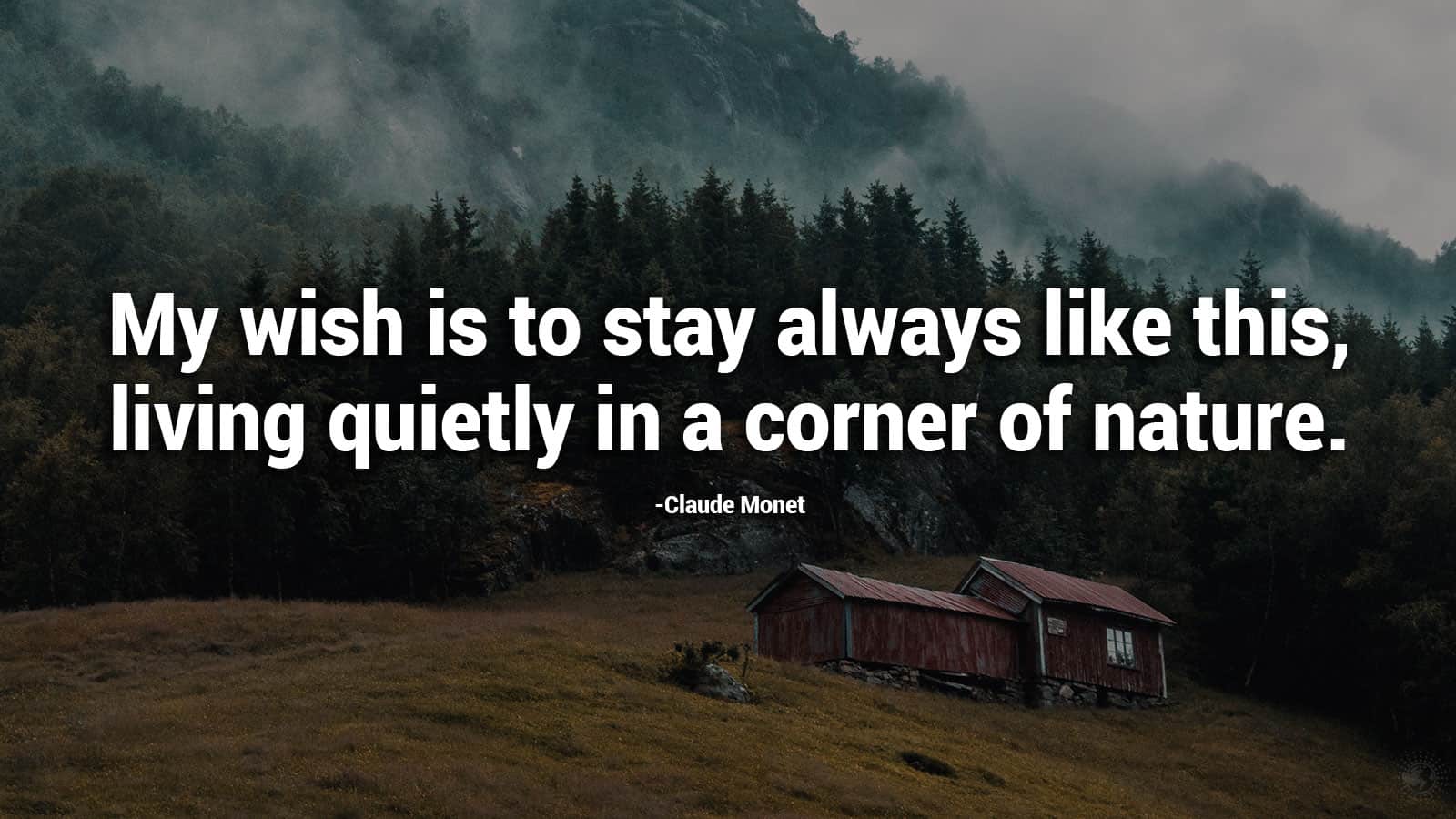Researchers warn that the Amazon rainforest may soon turn into a savannah-like ecosystem due to excessive logging and climate change. As much as 40% of the existing rainforest could transform into a savannah, according to a study in the journal Nature Communications. Since rainforests need a certain amount of rainfall and moisture levels to thrive, prolonged drought and severe wildfires can throw off balance. The new landscape would have far fewer trees as well as woodlands and grasslands characteristic of savannahs.
Scientists knew these changes would occur eventually but thought them to be a few decades away, at least. Of course, it will take a while for the complete shift to occur. However, since the transformation is already underway, it’s extremely hard to reverse. Some scientists believe that in as little as 50 years, the forest of the Amazon could completely disappear. Since rainforests play a huge role in regulating the climate by absorbing carbon dioxide, the loss could prove catastrophic.
Why understanding how logging harms the Amazon is essential
Rainforests also support many more species than savannas – especially the Amazon – which is considered the most biodiverse place on earth. The Amazon represents over half of the world’s remaining rainforests. However, due to a historic drought, around 40% of the forest sees such little rainfall that it could now be classified as savannah. Researchers used computer models and data analysis to study current rainfall levels in the forests.
A well-known economist warned Brazil’s president, Jair Bolsonaro, about the dangers of continued logging in the Amazon rainforest. He says that deforestation and the increase in wildfires could push the rainforest past a tipping point within two years. After this, it would transform into a savannah, releasing billions of tons of carbon into the atmosphere. This would only increase global heating and cause erratic weather across parts of South America.
Of course, some climate scientists disagree, saying that the tipping point won’t occur for 15 to 20 years. Others, however, agree with the warning and believe that Bolsonaro’s destructive policies and climate change pose an imminent threat to the Amazon. The wildfires in the Amazon this year are the worst the rainforest has seen in a decade. Sadly, there’s been a 60% increase in wildfire hotspots compared with last year.
How trees benefit the environment
It goes without saying that the world’s forests benefit ecosystems significantly, providing oxygen to the species on Earth. About three trillion trees exist on the Earth, but before humans, the planet had twice as many.
Due to increasing development, 10 billion more trees get cut down than are planted each year. This contributes greatly to the carbon dioxide emissions that have played a large part in climate change. Trees absorb carbon dioxide, so planting them in huge numbers may help reverse the climate crisis. Of course, much more about our modern life needs to change, but planting trees is a good start.
In addition to absorbing carbon dioxide, trees provide habitats for thousands of species. Cutting down trees and other ecosystems cause huge losses of animal life and contribute greatly to the sixth mass extinction event. If business as usual continues in the Amazon, scientists estimate it could lose around 55 different species by 2050. Under the more optimistic scenario where farmers and ranchers complied with environmental laws, the number reduced to 38.
Since tropical rainforests house around 50% of the known terrestrial species on only 6% of Earth’s land, they are vital to wildlife. They also help to control rainfall since water evaporates from the leaves. Furthermore, urban areas benefit from trees because they help cool cities down and reduce air pollution. They also help promote mental well-being, as green spaces can reduce stress and anxiety, studies have found.
What the study researchers say about logging and the fragility of the rainforests
Lead author of the study Arie Staal said that rainforests’ wrong conditions could lead to them drying out. While they produce their own rainfall in the correct climate, anything that throws off balance can cause disaster. Staal and colleagues analyzed rainforests in the Americas, Africa, Asia, and Oceania to determine their stability. Using computer models, they made determinations about how reduced rainfall would affect the rainforests.
“By using the latest available atmospheric data and teleconnection models, we were able to simulate the downwind effects of the disappearance of forests for all tropical forests. By integrating these analyses over the entire tropics, the picture of the systematic stability of tropical forests emerged,” says Obbe Tuinenburg, former assistant professor at the Copernicus Institute of Utrecht University and visiting scientist at the Stockholm Resilience Centre.
As forests grow and spread across a region, this affects rainfall. Forests create their own rain because leaves give off water vapour and this falls as rain further downwind. Rainfall means fewer fires leading to even more forests. ~Prof. Obbe Tuinenburg
However, if large areas of the rainforest disappear, the rainfall in the region will decrease dramatically. The computer models used by scientists in the study confirmed this in simulations. Staal told the Guardian that drier rainforests increase wildfires’ likelihood, making it harder for the trees to make a comeback. Once the rainforest passes the tipping point, it won’t likely return from savannah to its previous state, he said.
The researchers used computer simulations of where tropical forests might exist in certain climate conditions. They used this information to determine the minimum and maximum areas of likely forest cover. Also, they analyzed different scenarios based on greenhouse gas emissions. They concluded that once the trees disappeared, the likelihood of them growing back would decrease dramatically.
Overall, the researchers found that increased emissions would cause more parts of the Amazon to lose natural resilience. This would cause them to dry out and transform into a savannah-like environment over the course of decades, perhaps even sooner. They found that even the most resilient areas of the Amazon rainforest would shrink in a high emissions scenario. If we don’t cut down on greenhouse gases, scientists warn that the Amazon could reach the tipping point sooner than we think.
If we removed all the trees in the Amazon in a high-emissions scenario a much smaller area would grow back than would be the case in the current climate. ~ Lan Wang-Erlandsson, Stockhold Resilience Centre and co-author
The researchers found that the smallest area that can sustain a rainforest in the Amazon decreases by 66% in the high emissions scenario.
Ingo Fetzer of the Stockholm Resilience Centre, co-author of the paper, said: “We understand now that rainforests on all continents are very sensitive to global change and can rapidly lose their ability to adapt. Once gone, their recovery will take many decades to return to their original state. And given that rainforests host the majority of all global species, all this will be forever lost.”
This study only analyzed the effects of climate change on the Amazon and other rainforests. It doesn’t take into account the destructive consequences of logging due to development. However, scientists believe that deforestation has caused a huge increase in wildfires throughout the Amazon.
What can we do about climate change?
It seems that we can’t do much about climate change–at least not individually. However, if we demand stricter environmental policies from our governments, this can lead to huge improvements. As a collective, we are responsible for protecting our planet and taking only what we need from it. By cutting back on consumption and pressing our leaders to adopt better policies, we can make a difference.
It will take a monumental effort on everyone’s part and cooperation among all countries in the world. Even if we can’t totally stop climate change, we could slow it down by simply working with the environment instead of against it. Here are a few ideas for how you can work to combat climate change:
- Eat all the food you buy at the store. Buy local, organic food whenever possible.
- Reduce water waste
- Invest in renewable energy for your home
- Weatherize your home by making sure it’s properly insulated
- Buy energy-efficient appliances
- Use public transportation instead of driving a car
- Fly less often
- Unplug devices when they’re fully charged or if you rarely use them.
Final thoughts on how the logging industry could turn the Amazon into a savannah
Logging combined with climate change could bring drastic changes to the Amazon rainforest in just decades. All around the world, we’ve seen the devastating effects of climate change on the environment. It seems that wildfires, hurricanes, floods, and all other natural disasters have gotten much worse. As the world heats up due partially to human activities, we must figure out how to adapt.
Unfortunately, we can’t totally stop climate change, but we can certainly do our part to slow it down. By making more environmentally friendly choices, shopping less, and holding leaders accountable, we can bring about change. We should also fight for stricter controls over logging around the globe. We all must work together if we want a sustainable, clean world for future generations.

















 Community
Community

